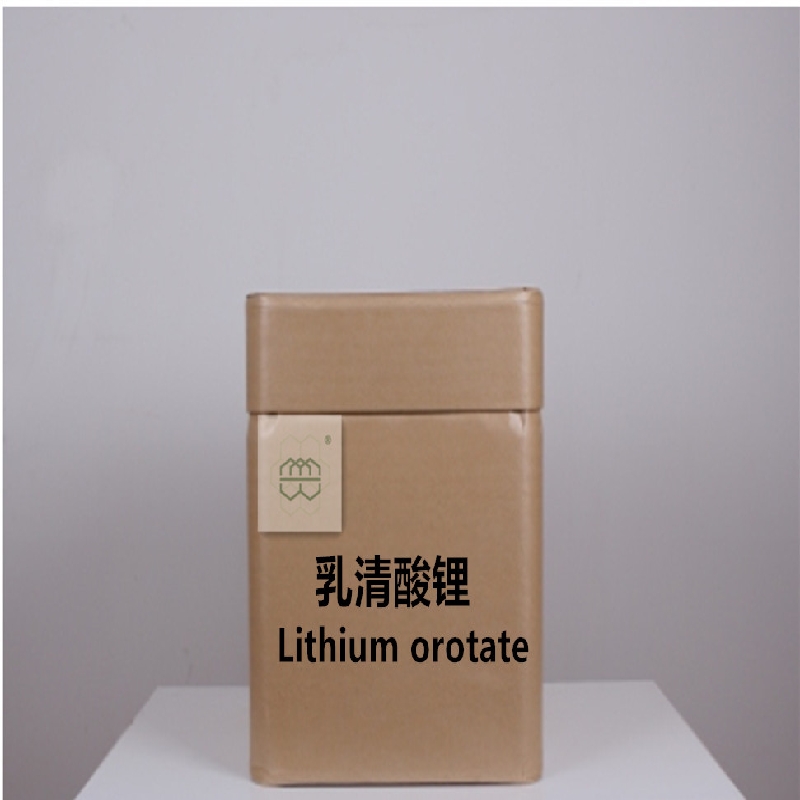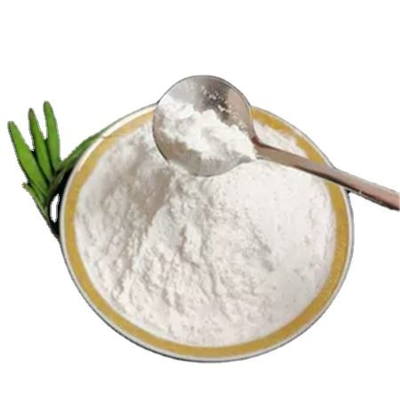-
Categories
-
Pharmaceutical Intermediates
-
Active Pharmaceutical Ingredients
-
Food Additives
- Industrial Coatings
- Agrochemicals
- Dyes and Pigments
- Surfactant
- Flavors and Fragrances
- Chemical Reagents
- Catalyst and Auxiliary
- Natural Products
- Inorganic Chemistry
-
Organic Chemistry
-
Biochemical Engineering
- Analytical Chemistry
-
Cosmetic Ingredient
- Water Treatment Chemical
-
Pharmaceutical Intermediates
Promotion
ECHEMI Mall
Wholesale
Weekly Price
Exhibition
News
-
Trade Service
net/tag_1118.
html" class="zdbq" title="Food related food information" target="_blank">food and Agriculture Organization said in a report, the new crown pneumonia foodmate.
net/tag_4403.
html" class="zdbq" title="Epidemic-related food information" target="_blank">epidemic exacerbated the systemic risks facing the global food market.
The average number of natural fires, extreme weather, pests and other disasters each year is more than three times that of the 1970s and 1980s.
According to estimates by FAO experts, agriculture accounts for 63% of the losses caused by these disasters.
Russian experts remain calm on the above statement.
Experts from Russian research institutions said that Russia is not a problem country in terms of food.
In the past two decades, breakthroughs have been made in the development of Russia’s agricultural sector, which not only guarantees the country’s basic food, but also plays an important role in the export market.
Nevertheless, the increase in world food market prices and the weakening of the ruble have had a significant impact on Russian food inflation.
The average annual price of wheat in Russia has risen by 19% year-on-year, and the prices of flour producers, macaroni and bread consumers have all increased.
Experts from Russian research institutions said that Russia is not a problem country in terms of food.
In the past two decades, breakthroughs have been made in the development of Russia’s agricultural sector, which not only guarantees the country’s basic food, but also plays an important role in the export market.
Nevertheless, the increase in world food market prices and the weakening of the ruble have had a significant impact on Russian food inflation.
The average annual price of wheat in Russia has risen by 19% year-on-year, and the prices of flour producers, macaroni and bread consumers have all increased.
The Russian government reduced the price of grain in Russia by adopting export quotas and raising tariffs.
According to estimates by Russian research institutes, compared with the peak at the end of 2020, the price of grade 3 wheat in the Russian Central Federal District will fall by 15%-20% in the second half of 2021.
This may have a negative impact on the grain production sector.
Can this measure be produced? The positive effect depends on the predictability of the Russian government's future policies.
According to estimates by Russian research institutes, compared with the peak at the end of 2020, the price of grade 3 wheat in the Russian Central Federal District will fall by 15%-20% in the second half of 2021.
This may have a negative impact on the grain production sector.
Can this measure be produced? The positive effect depends on the predictability of the Russian government's future policies.
Bishennov, a member of the "Industrial Russia" General Council, said that in fact, artificially adjusting the prices of certain products will not solve the problem of commodity supply, but will force sellers and manufacturers to re-plan the supply chain, leading to shortages of commodities and other commodity prices.
rise.
rise.
Some experts believe that timely restriction measures may be effective, but it is not advisable for the Russian government to impose commodity price restrictions.
The lack of a systematic method to directly intervene in the market mechanism will indirectly lead to inflation and commodity shortages.
The lack of a systematic method to directly intervene in the market mechanism will indirectly lead to inflation and commodity shortages.
Russian experts believe that no country can avoid rising food prices, and all countries are beginning to increase the money supply to minimize the losses caused by the epidemic crisis.
When currency increases, food prices will rise.
Experts predict that the food inflation rate in 2021 will be about 6.
5%, but the prices of certain products will rise by 10% to 20%, or even 30%.
When currency increases, food prices will rise.
Experts predict that the food inflation rate in 2021 will be about 6.
5%, but the prices of certain products will rise by 10% to 20%, or even 30%.







